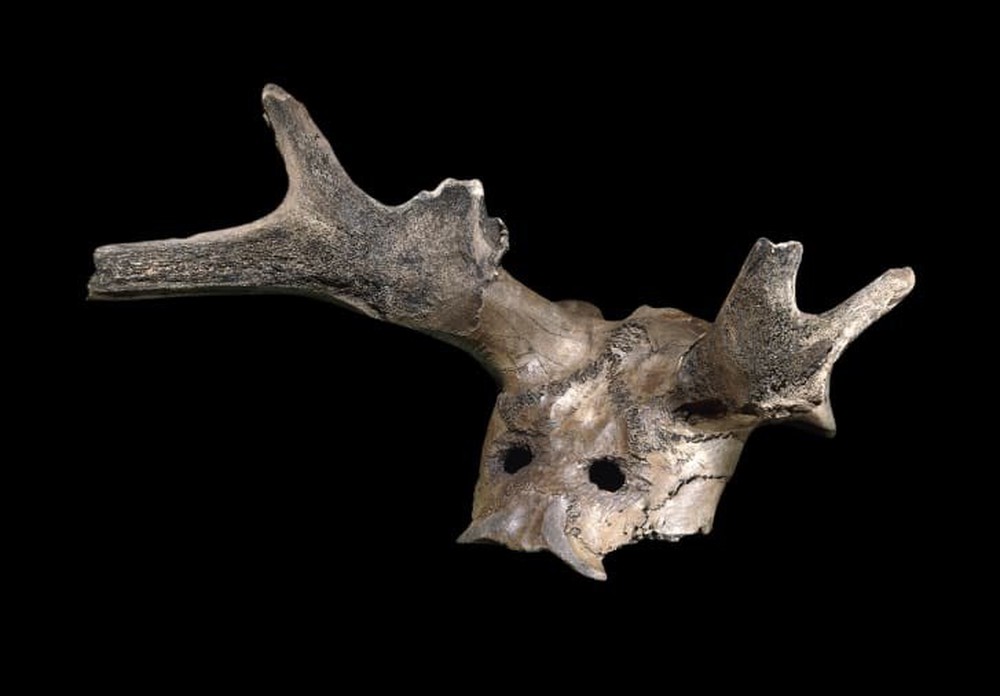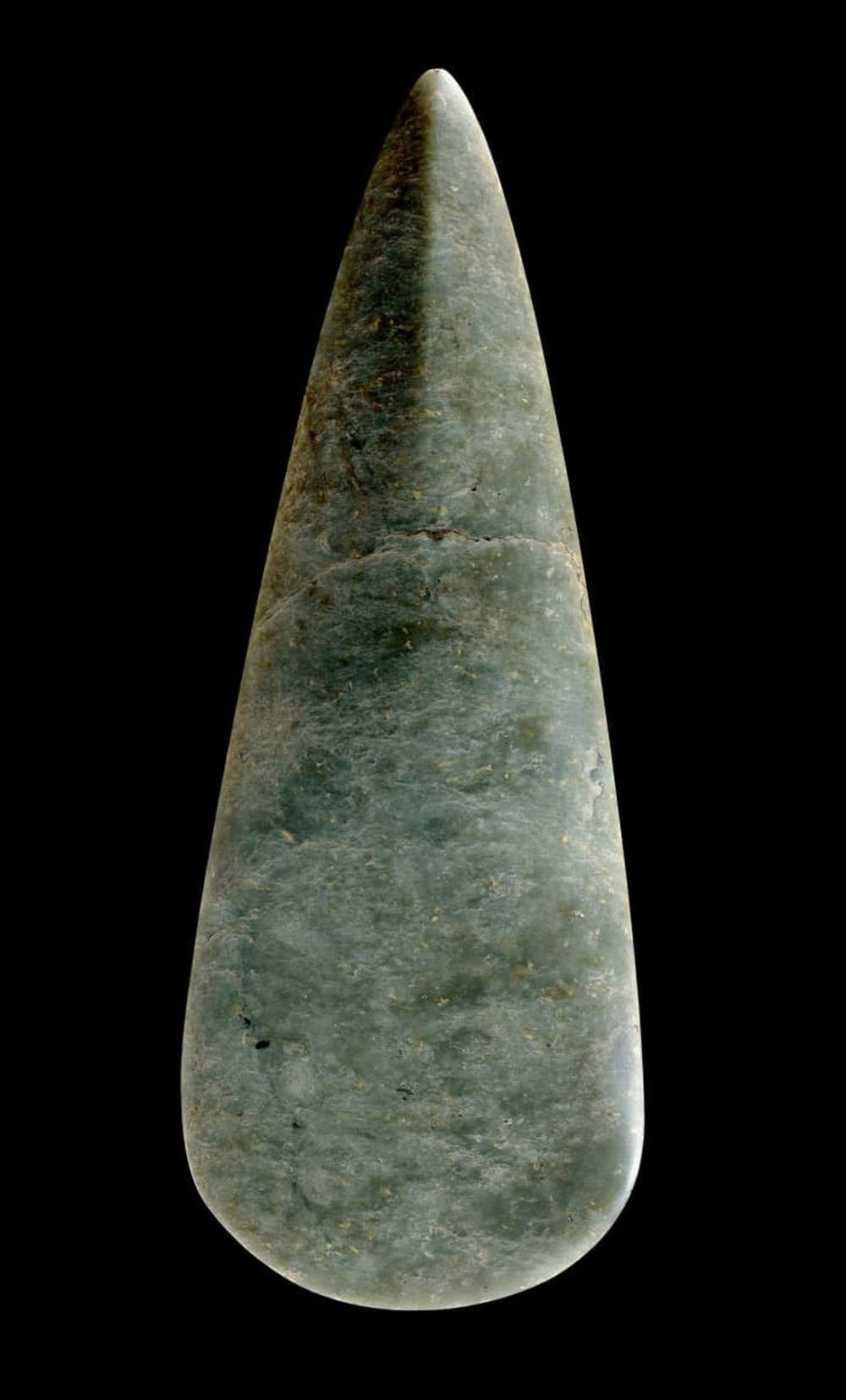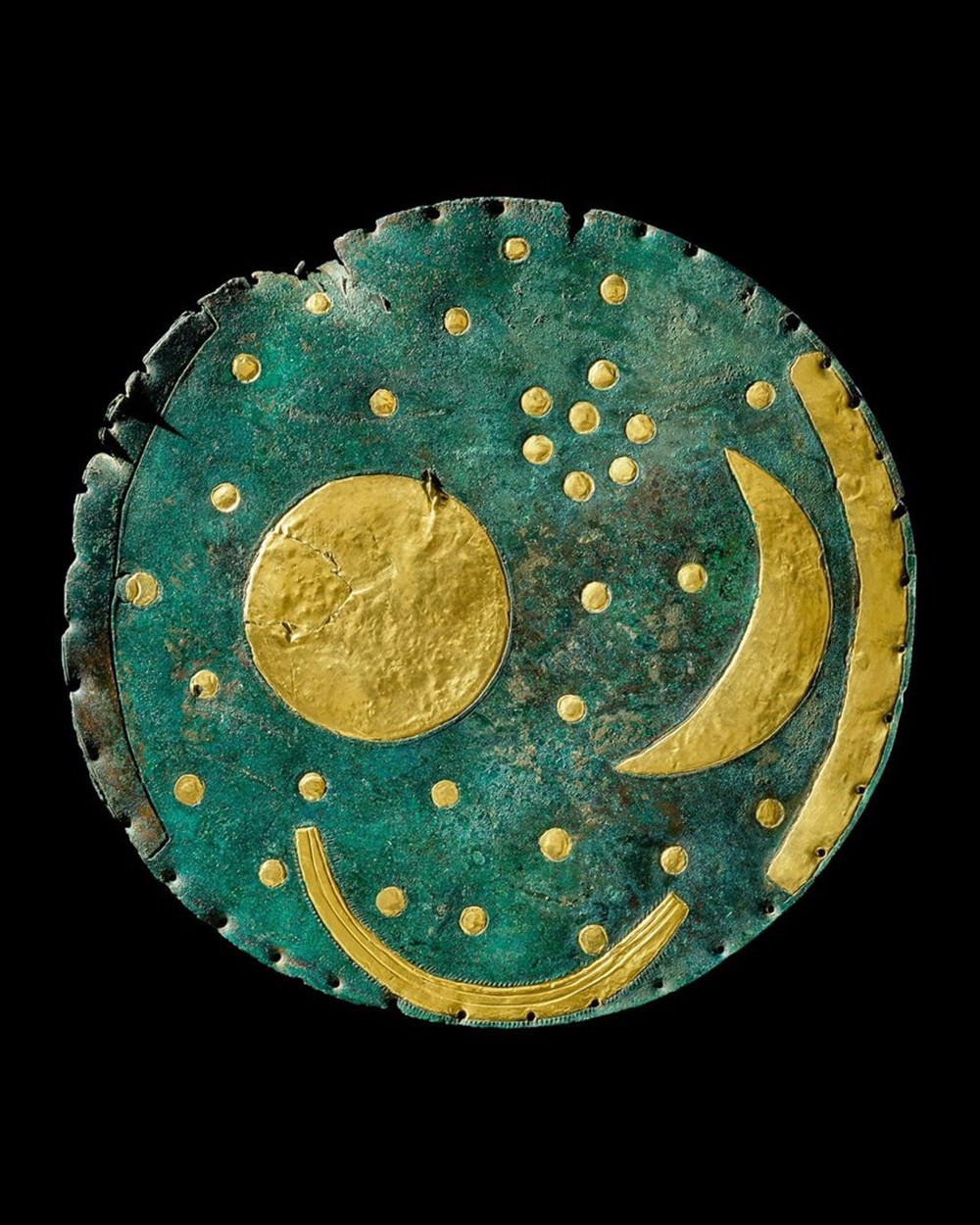Stonehenge is a megalithic monument stone Age Neolithic and Bronze Age near Amesbury in England, in the county of Wiltshire. This structure, consisting of earthen fortifications surrounding a ring of rock, is one of the world’s most famous prehistoric sites. However, according to CNN, this 4,500-year-old work is still extremely mysterious. We have not found any text that sheds light on its meaning and importance.
Recently, a major exhibition at the British Museum with 430 antiquities from across Britain and Europe exposed a world of turmoil. In it, Stonehenge is the center of thousands of years of history.
“It seems that we are all too familiar with this construction, but the building context and the human factor are still unknown. We only really understand Stonehenge if you understand what was happening at the time of it. built,” CNN quoted Neil Wilkin, the exhibition’s chief curator, as saying.
The exhibition features a period spanning 8,000 years as its main theme, and allows visitors to witness firsthand artifacts related to important changes: the shift from a hunter-gatherer society to agrarian farming. Karma; transition from stone tool making and stone carving to metals such as copper and gold.
Artifacts found from all over Europe
Stonehenge is a British monument, but the artifacts on display show its connection to Ireland, the Orkney Islands, Scotland, France, Germany – even ancient Greece.
Long before Stonehenge’s rock was erected – a task that spanned generations – the site of the monument was marked with wooden stakes placed in three pits dating to 10,000 years ago. At this time, England still had a connection to the continent through a land mass called the Doggerland.
At that time, life merged with nature. The exhibition featured an 11,000-year-old headgear made from the skull of a deer and found in North Yorkshire.

Stone circle may be the most famous structure of that era still in existence, but the surviving wooden circles are also an integral part of the monument.
One of them is the Seahenge – a circle of 55 wooden pillars surrounding an upturned oak tree, its roots reaching up to the sky like tentacles. It emerged in 1998 after sinking in the sand for millennia at a beach in eastern England. Like Stonehenge, this structure was built in the direction of the movement of the sun.

Another artifact in the exhibition is the beautiful ax head made from jade in Italy, signaling the arrival of farmers from mainland Europe. It was found at a wooden bridge built 3,800 years ago.
The bridge was built by some of the first farmers while crossing a swamp near Glastonbury, not far from Stonehenge. The planks and supports of the bridge are also on display in the exhibition.
Expand your understanding of the universe
Another fascinating artifact is the German Nebra sky disk. This is believed to be the oldest depiction of the universe in the world. This plate has only been brought out of Germany 4 times. Similar to how Stonehenge aligns with the direction of the sun, the bands on either side of the Nebra sky disk mark where the sun rises and sets. The gilded stars on the disk may represent a constellation that can help calculate leap years.

Although the Nebra sky disc was found in Germany, the gold inlaid on this artifact comes from Cornwall, England. Bodies buried near Stonehenge also suggest that the site was shaped by waves of immigration. A man called the Amesbury Archer was buried near Stonehenge along with bronze tools and gold jewelry. This man came from what is now Switzerland.
at Blogtuan.info – Source: Soha.vn – Read the original article here



